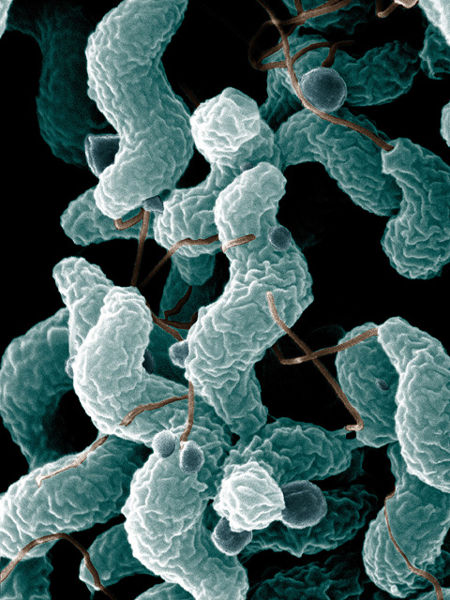Welcome to another edition of eChook!
The use of antibiotics in animal feed was banned in Sweden in 1986. In 1999, the European Union banned the in-feed use of six antimicrobials. Four of these, tylosin, spiramycin, bacitracin and virginiamycin, belonged to the classes of antibiotics that are used in human medicine, while the other two, olaquindox and carbadox, were deemed to pose unacceptable occupational toxicity risks. In 2006, the EU implemented a complete ban on the use of any antibiotic in-feed.
There have been numerous claims and counter-claims about whether the ban has reduced the use of antimicrobials in practice. Indeed, taking Denmark as an example, there is clear evidence that the prophylactic use has in fact been replaced by therapeutic use as reported by DANMAP. In 2012, for instance, the total consumption of antimicrobial agents increased by 4% compared with 2011 with majority of the increase attributed to pig production. It appears that there is increased incidence of mortality and morbidity of animals, particularly young animals, fed feed without any antimicrobials.
So, why then should we ban antimicrobials if there is an implication for poor health outcomes without them? The answer lies in the evidence that repeated, sub-clinical use of antimicrobials leads to the development of antibiotic resistance by some organisms. Such evidence was presented to the British Parliament by Swann in 1969 and to the Australian Government in the 1999 JETICAR Report.
Development of resistance to antibiotics, especially to those that are used in hospitals, is a concern as it renders many antibiotics used in human medicine useless. This is the fear, a real one, which drives the momentum forward to remove antimicrobials from the feed of food-producing animals throughout the world. Indeed, a recent major move was the US Food & Drug Administration’s announcement last month of a voluntary withdrawal of 16 antimicrobials for use in food-producing animals. The implication of such an announcement is significant for the rest of the world.
One of the key aims of the Poultry CRC has been the reduction of reliance on antibiotics in poultry production in Australia. We have several approaches to this. Firstly, having more efficacious vaccines for important diseases is essential for achieving this goal. For instance, the Poultry CRC with its partners has been working on producing a necrotic enteritis vaccine. Necrotic enteritis is an economically important poultry disease that, until now, has been kept under check with the use of in-feed antibiotics in most countries. Secondly, a timely diagnosis stops the spread of disease and saves the untargeted use of veterinary medicines including antibiotics. We have delivered up to 30 rapid diagnostic tests that are well utilised by the industry today. Thirdly, finding therapeutic agents that manipulate immune response and identify novel targets for anti-microbial and anti-parasitic drugs is another innovative way to reduce the reliance on antimicrobials for poultry production. Last, but not least, is the well-travelled route to enhance gut health using feed additives, such as prebiotics, probiotics, acidifiers and enzymes.
Please visit the Poultry CRC website to see our research portfolio, including projects related vaccines, diagnostics, therapeutics and nutrition.
Mingan


